A 2kg block is kept over a ground with coefficient of friction μ=0.8 as shown in figure.A time varying force F=2t(F in newton and t in second) is applied on the block. Plot a graph between acceleration of block versus time (g=10m/s2)
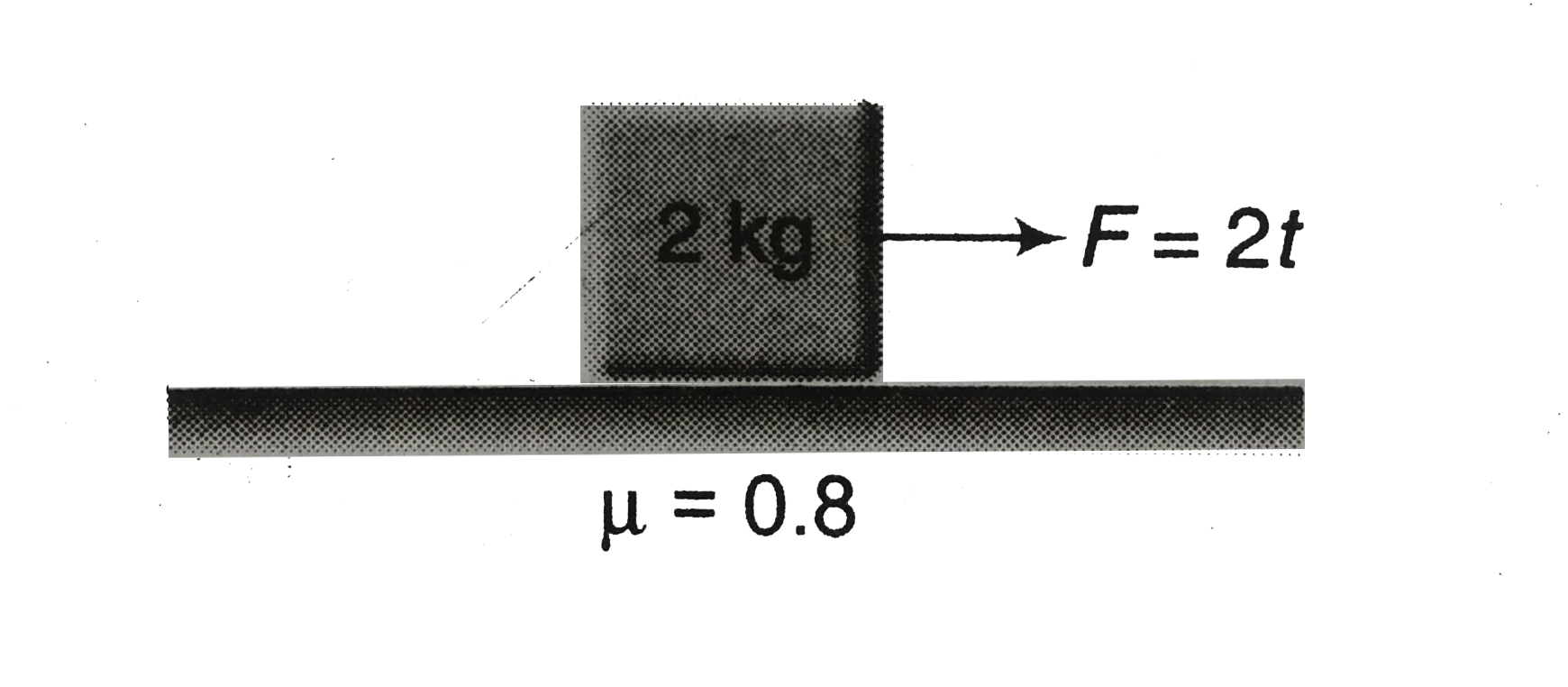
fmax=μN=μmg
=0.8×2×10=16N
Block will not move till driving force F=2t becomes 16N. This force becomes 16N in 8s
For t≤8s
a=0
For t≥8s
a=F−fmaxm=2t−162⇒a=t−8
i.e. a−t graph is a straight line of slop +1 and intercept−8
Corresponding a−t graph is shown bellow 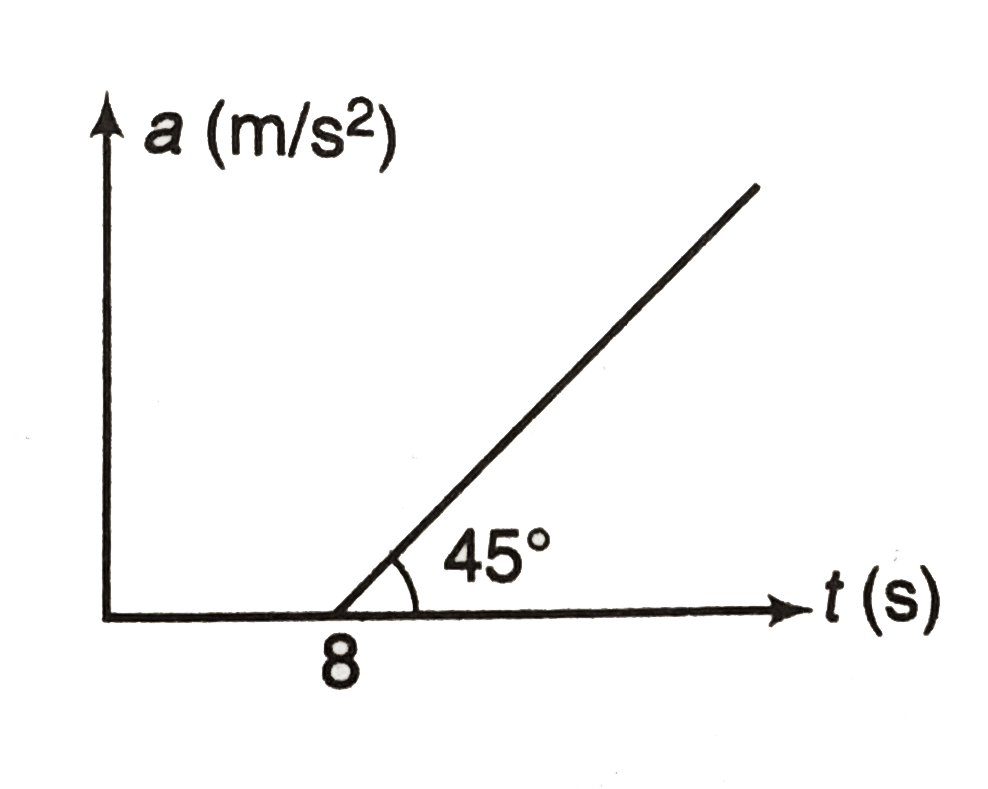
Topper's Solved these Questions
- LAWS OF MOTIONBook:DC PANDEYChapter:LAWS OF MOTIONExercise:Objective Question
Explore 32 Videos
- LAWS OF MOTIONBook:DC PANDEYChapter:LAWS OF MOTIONExercise:Comprehension
Explore 9 Videos
- LAWS OF MOTIONBook:DC PANDEYChapter:LAWS OF MOTIONExercise:Exercise 8.5
Explore 2 Videos
- KINEMATICS 1Book:DC PANDEYChapter:KINEMATICS 1Exercise:INTEGER_TYPE
Explore 15 Videos
- LAWS OF THERMODYNAMICSBook:DC PANDEYChapter:LAWS OF THERMODYNAMICSExercise:Level 2 Subjective
Explore 18 Videos
Similar Questions
A 6kg block is kept over a rough surface with coefficient of friction μs=0.6 and μk=0.4 as shown in figure.A time varying force F=4t(F in newton and t in second) is applied on the block as shown. Plot a graph between acceleration of block and time (g=10m/s2)
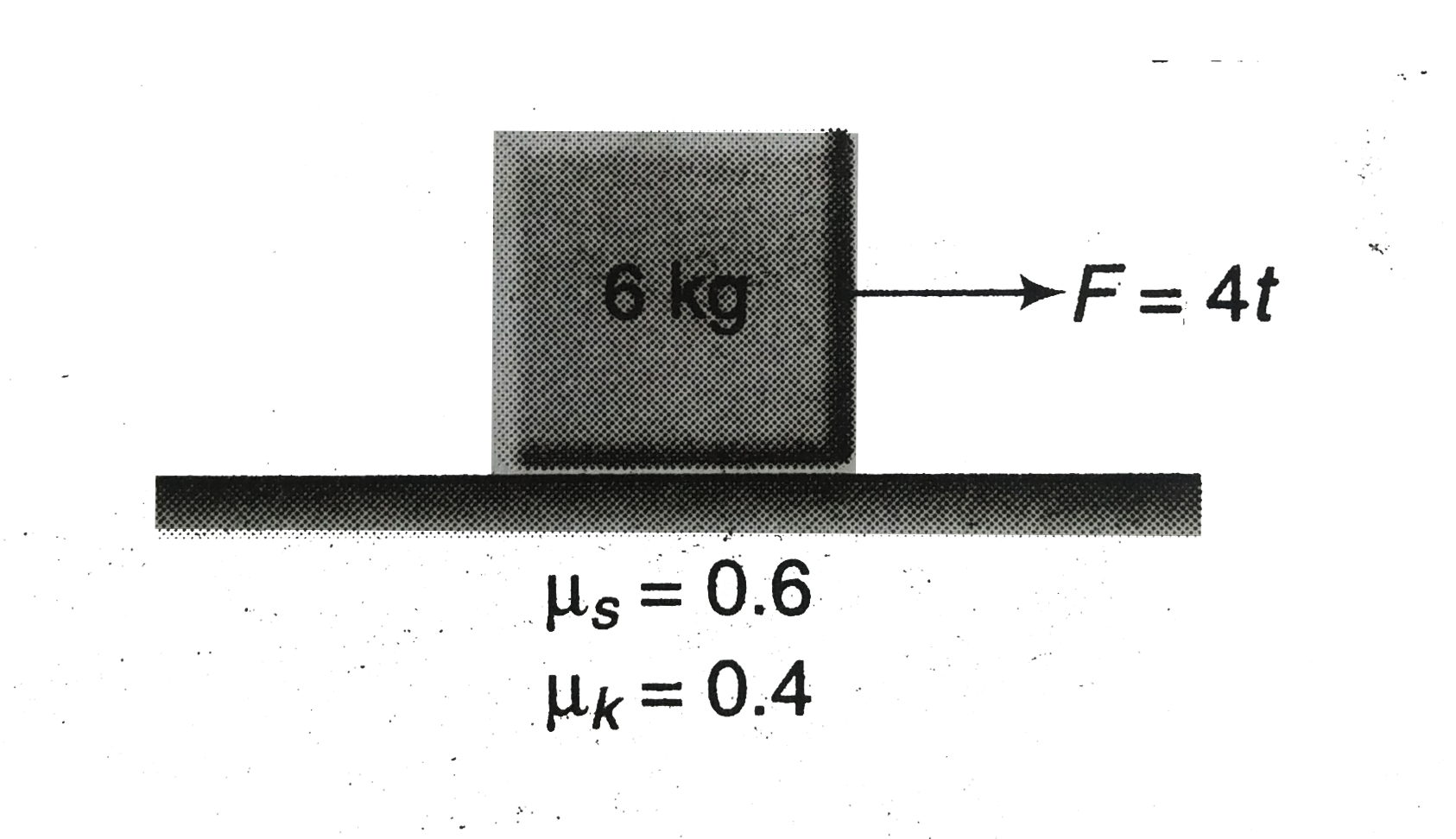
View SolutionA 6kg blocks is kept over a rough surface with coefficients of friction μs=0.6 and μk=0.4 as shown in figure. A time varying force F=4t ( F in newton and t in second) is applied on the block as shown. Find the acceleration of block at t=5sec. ( Taking g=10m/s2)
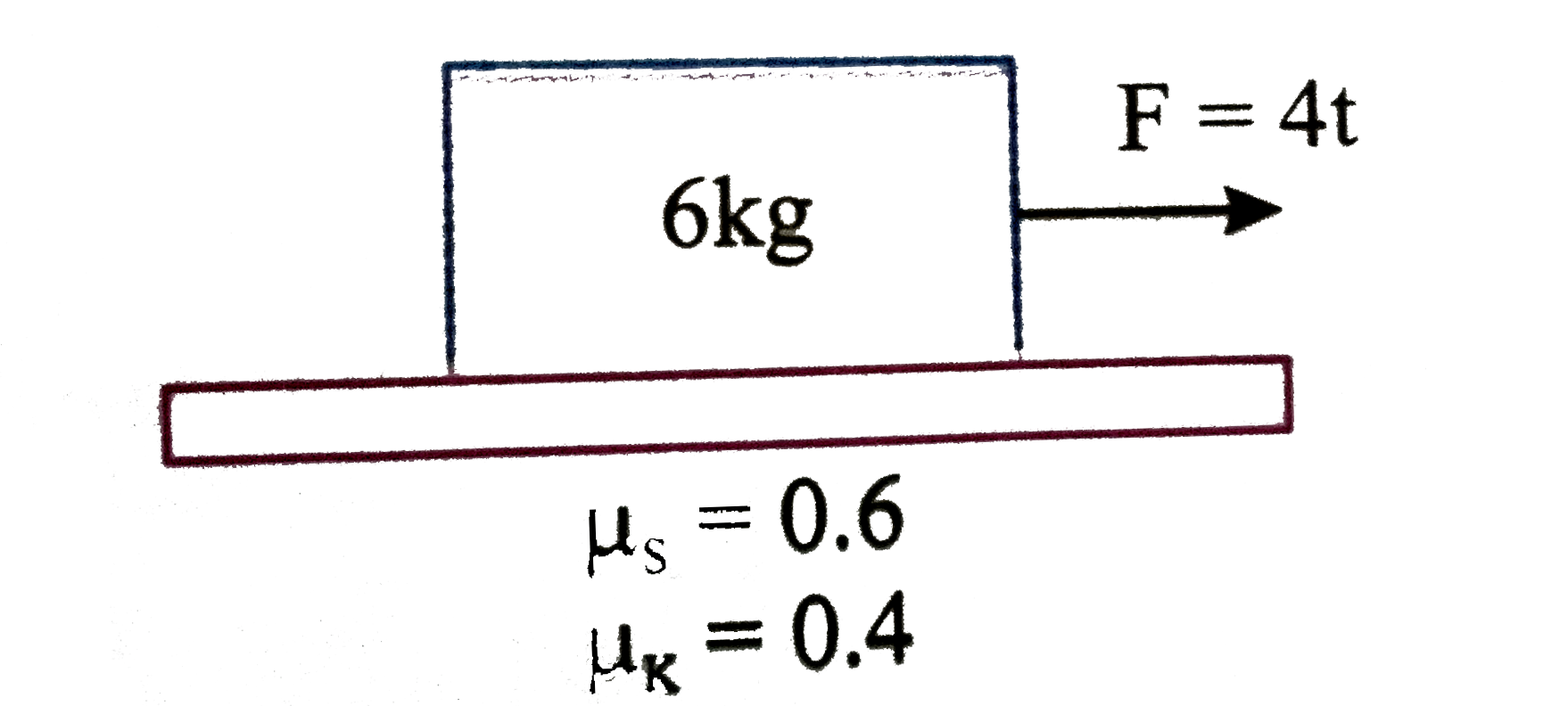
View Solution
Knowledge Check
A block A of mass 4kg is kept on ground. The coefficient of friction between the block and the ground is 0.8. The exernal force of magnitude 30N is applied applied parallel to the ground. The resultant force exernal by the ground on the block is (g=10m/s2)
A40NB30NCzeroD50NIn the given figure, the blocks of mass 2kg and 3kg are placed one over the other as shown. The surface are rough with coefficient of friction μ1=0.2,μ2=0.06. A force F=0.5t (where 't' in sec) is applied on upper block in the direction shown. Based on above data answers the following questions. (g=10m/sec2)

The frictional force acting between 3 kg block and ground w.r.t. time will vary as :A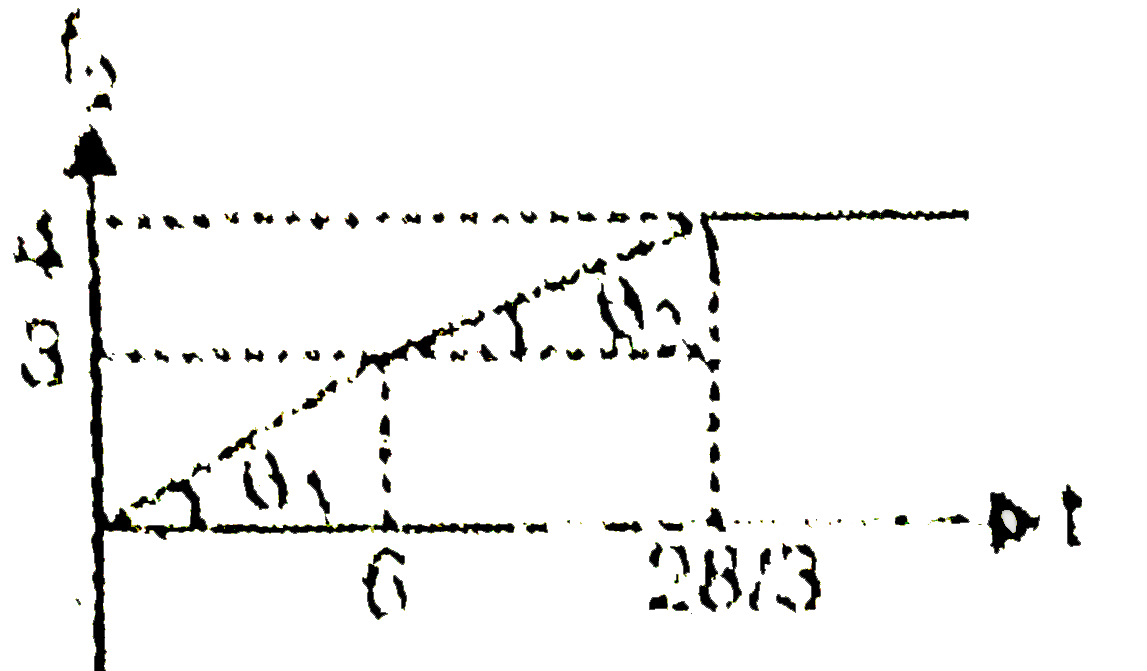 B
B C
C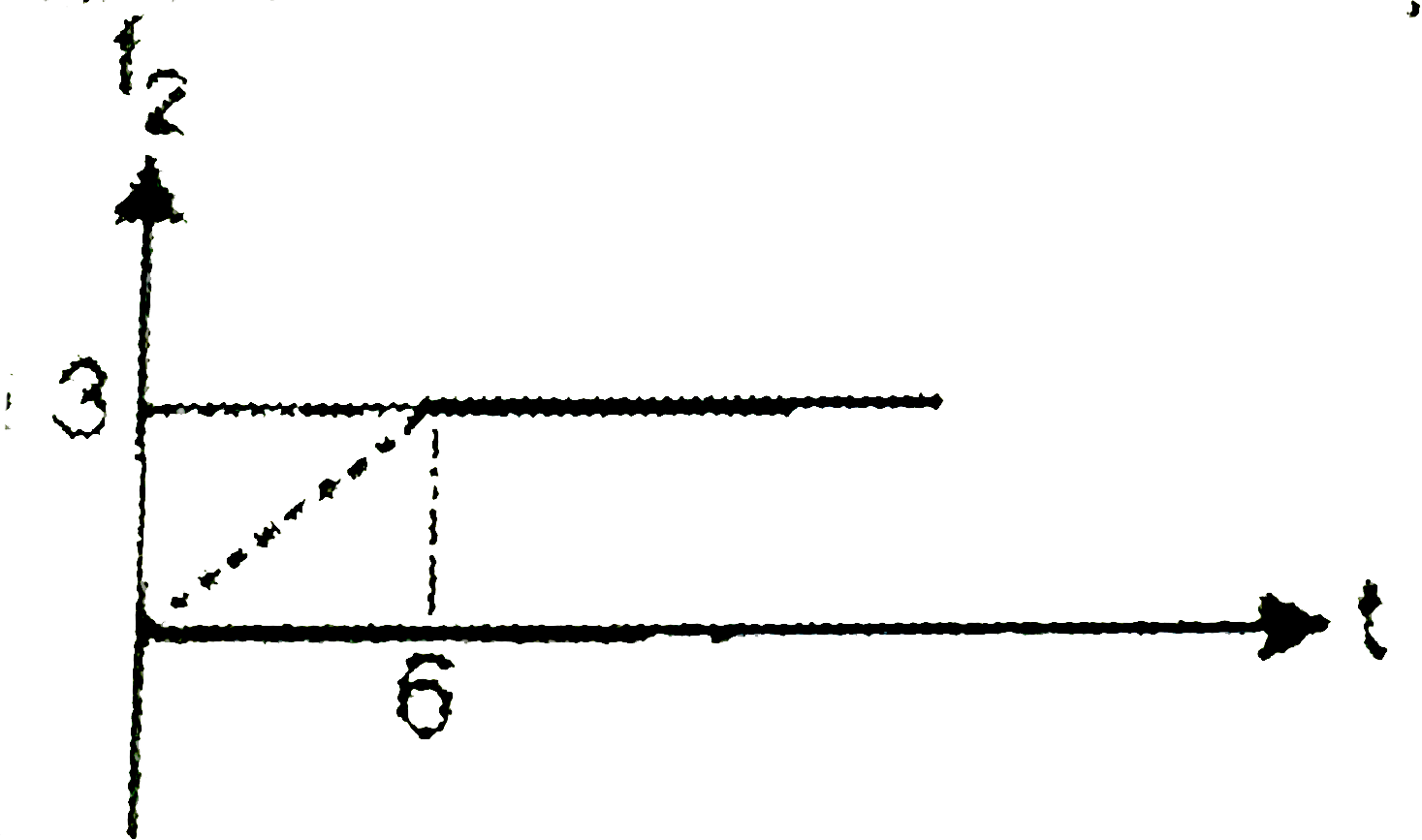 DNone of these
DNone of theseIn the given figure, the blocks of mass 2kg and 3kg are placed one over the other as shown. The surface are rough with coefficient of friction μ1=0.2,μ2=0.06. A force F=0.5t (where 't' in sec) is applied on upper block in the direction shown. Based on above data answers the following questions. (g=10m/sec2)

The friction force between the blocks and time graph is :A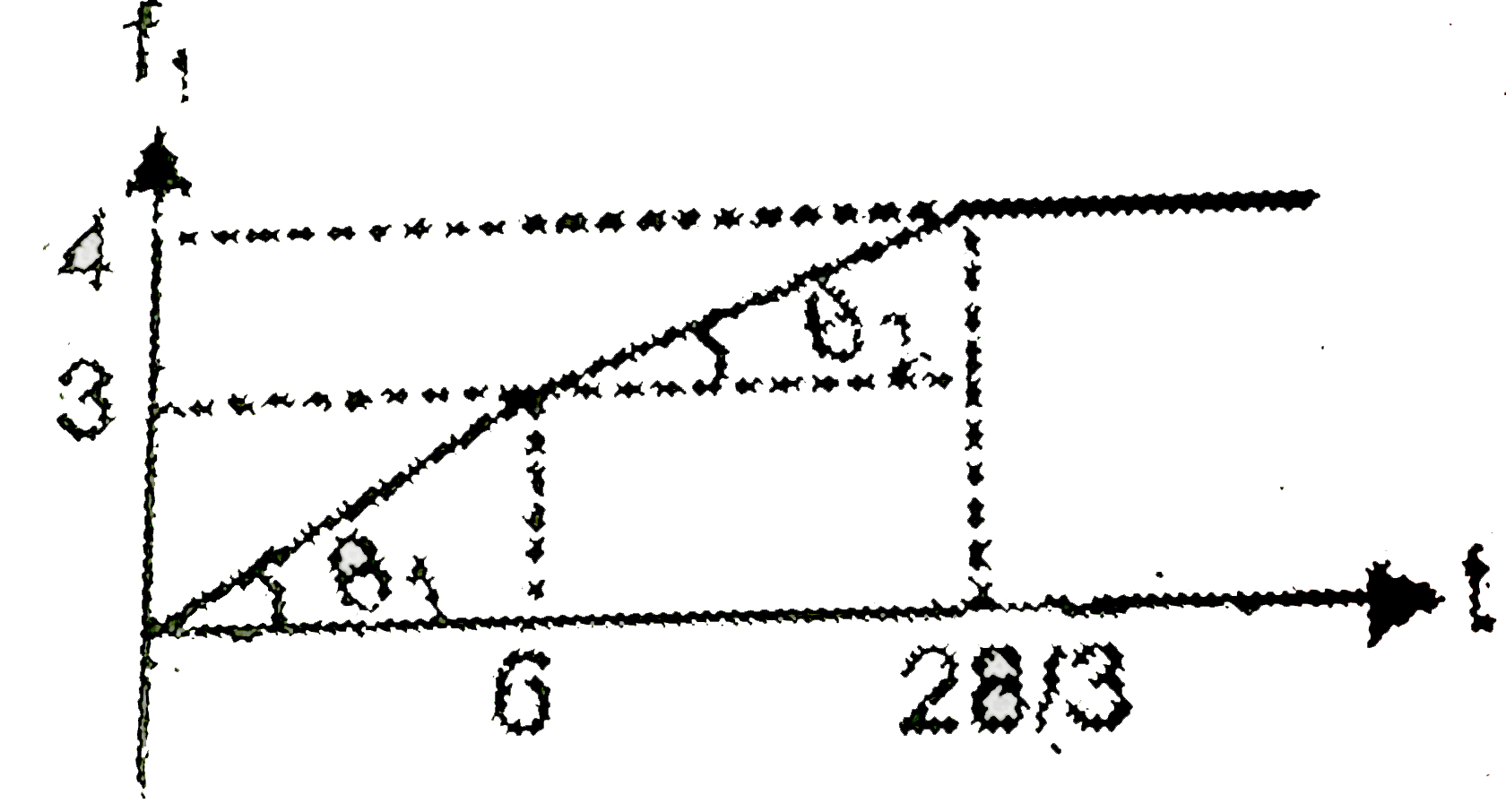 B
B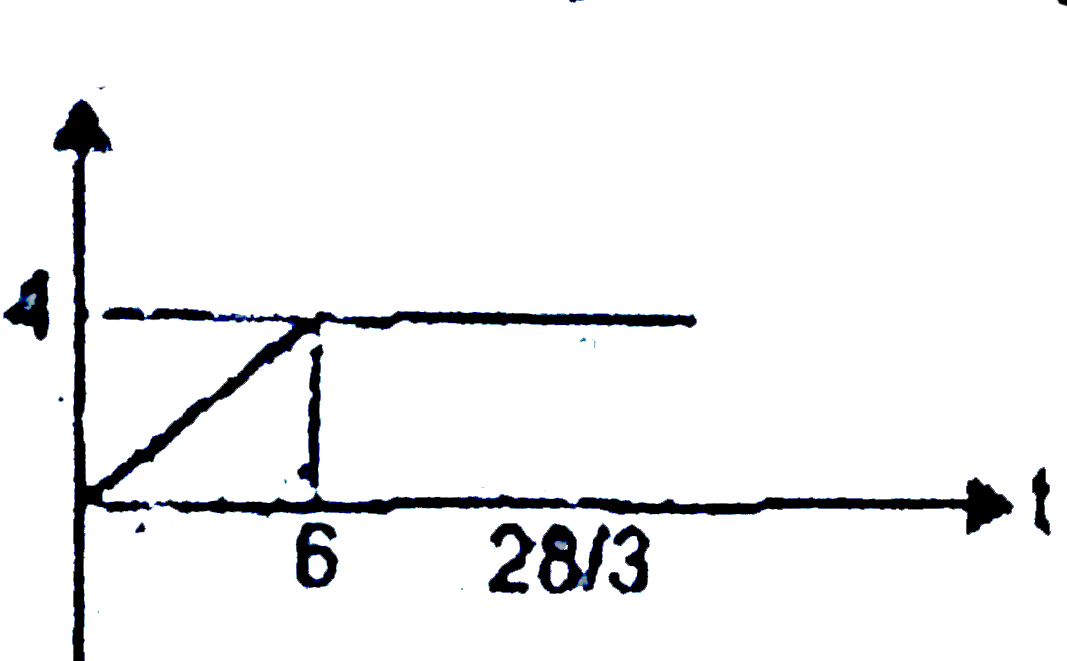 C
C DNone of these
DNone of these
Block B of mass 2kg rests on block A of mass 10kg. All surfaces are rought with the value of coefficient of friction as shown in the figure. Find the minimum force F that should be applied on block A to cause relative motion between A and B. (g=10m/s2)
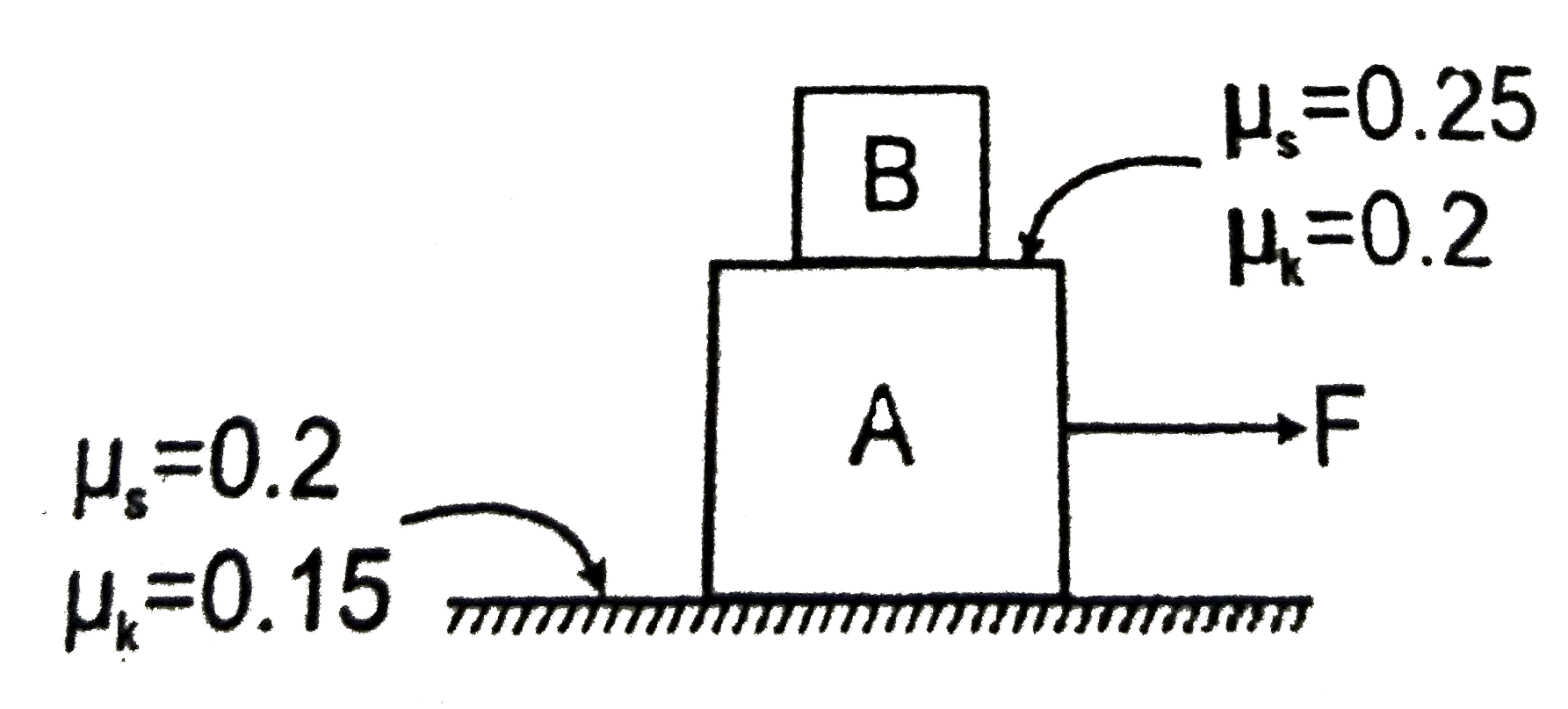
View SolutionA block of mass m is placed on another block of mass M lying on a smooth horizontal surface as shown in the figure. The co-efficient of friction between the blocks is μ. Find the maximum horizontal force F (in Newton) that can be applied to the block M so that the blocks together with same acceleration? (M=3kg,m=2kg,μ=0.1,g=10m/s2)
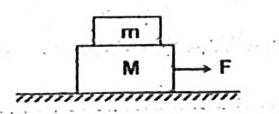
View SolutionIn the given figure, the blocks of mass 2kg and 3kg are placed one over the other as shown. The surface are rough with coefficient of friction μ1=0.2,μ2=0.06. A force F=0.5t (where 't' in sec) is applied on upper block in the direction shown. Based on above data answers the following questions. (g=10m/sec2)

The acceleration time graph for 4 kg block is :
View SolutionIn the given figure, the blocks of mass 2kg and 3kg are placed one over the other as shown. The surface are rough with coefficient of friction μ1=0.2,μ2=0.06. A force F=0.5t (where 't' in sec) is applied on upper block in the direction shown. Based on above data answers the following questions. (g=10m/sec2)

The frictional force acting between the blocks at t=10sec is
View SolutionIn the given figure, the blocks of mass 2kg and 3kg are placed one over the other as shown. The surface are rough with coefficient of friction μ1=0.2,μ2=0.06. A force F=0.5t (where 't' in sec) is applied on upper block in the direction shown. Based on above data answers the following questions. (g=10m/sec2)

The frictional force acting between the two blocks at t=9 sec
View Solution
